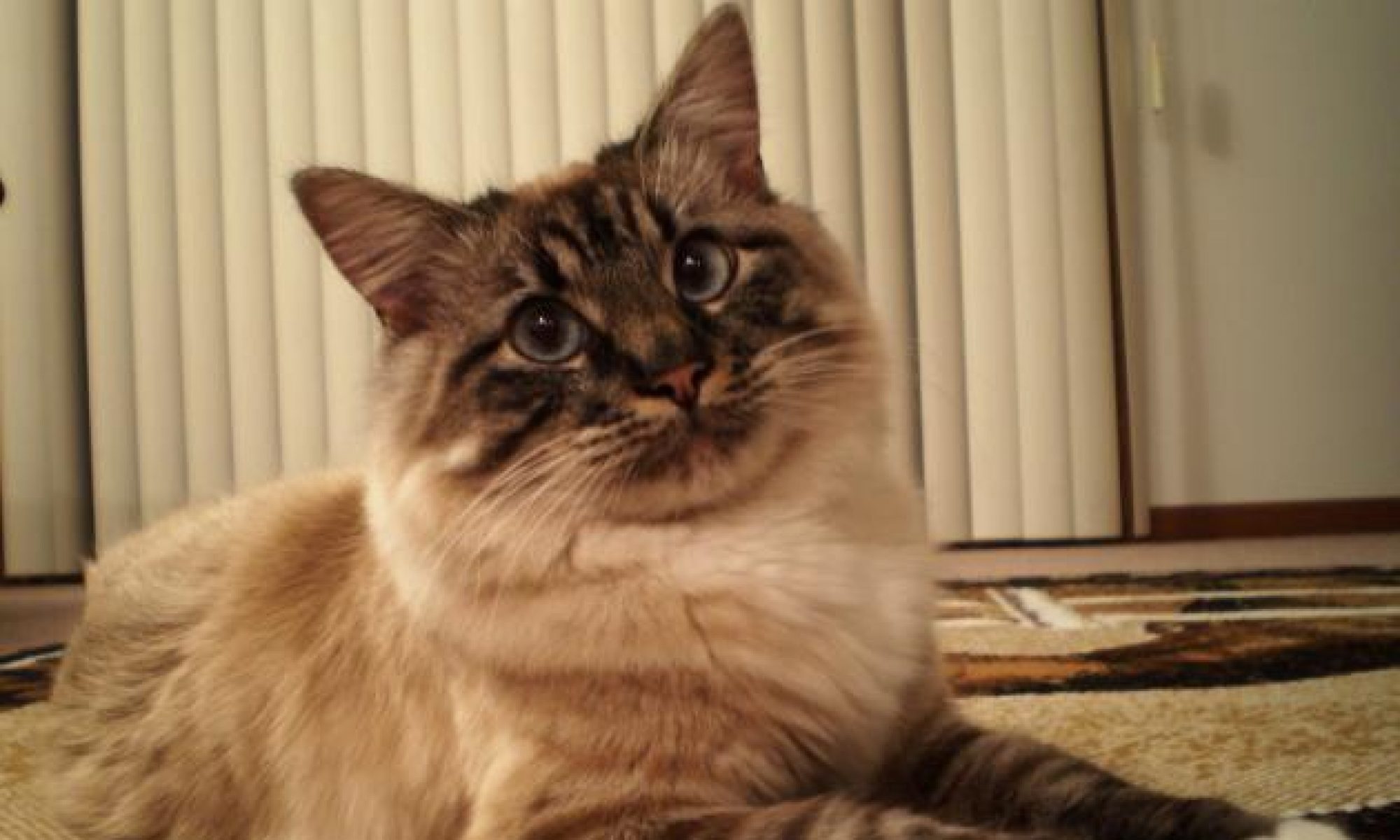
Hairballs are a classic feline ailment. Cats are meticulous groomers, and their tongues have tiny barbs that pull out loose hairs while grooming. These barbs make it difficult for a cat to rid the tongue of the hairs, so the cat usually ends up swallowing them. Usually, the swallowed hairs pass through the body and end up in the feces, but they can also accumulate in the stomach and form a mass of fur. The technical term for this mass is trichobezoar – or hairball. Once the hairball reaches a certain size, it triggers vomiting and is typically expelled. The hairball is not always expelled on the first try, though, so it is not uncommon for a cat to have a few episodes of unproductive retching or hacking prior to successfully ridding herself of the hairball. Hairballs are more likely seen in long-haired cats such as Maine coons and Persians; however, even short-haired cats that fastidiously groom themselves are prone to hairballs. Hairballs are also more common in adult cats because, as they age, they become more seasoned groomers.
Symptoms and causes
For the most part, hairballs are harmless. However, cats with frequent hairballs should be seen by a veterinarian because overgrooming can be a sign of external parasites, allergies, or psychological problems. Signs of a cat with a hairball can include: vomiting/retching/choking, trouble defecating, diarrhea, distended abdomen, and diminished appetite. Hairballs can also cause blockages in the stomach or intestines, especially when the cat is dehydrated. Usually this would be associated with an underlying medical problem. If a cat is gagging and hacking for longer than a couple days with no hairball produced or if she acts constipated, a call to the vet is in order. There are several ways to remove the blockage; however, in severe cases, surgery may be the only option.
Treatment
The best way for us to help manage our cats’ hairballs is through frequent brushing or combing. There is a wide variety of different types of combs, brushes, and specialized gloves out there; it’s helpful to try several to find the one that works well on each cat’s hair type – and one that the cat likes.
Another method that can help prevent hairballs is to feed a special “hairball diet,” which works in three ways. The first advantage of hairball diets stems from the fact that hairballs have a high lipid content. Hairball diets are formulated to contain high levels of soy lecithin, which acts as a detergent to solubilize the lipids, preventing the hairball from forming. Hairball diets also have a high fiber content, which promotes the movement of hair though the digestive tract. Most hairball diets also have high levels of certain amino acids that promote overall health of the skin and coat. Diets with fish oil or fish meals may have higher omega-3 fatty acids, which may aid in decreasing itching and allergy-like symptoms that will in turn decrease the risk of overgrooming. For owners who do not wish to change their cat’s diet, specially formulated treats are also available that have a similar effect, but it may be less pronounced than a change in diet. Laxative products containing petroleum jelly are another option to help ease hair through the digestive tract. Most cats like the taste of these products, so they are simple to administer.
Finally, making sure that clean, fresh water is available at all times is another way to help cats deal with hairballs. Water is one of the most important factors in maintaining optimal gastrointestinal health.
Amy Fischer, Ph.D.-The University of Illinois at Urbana-Champaign